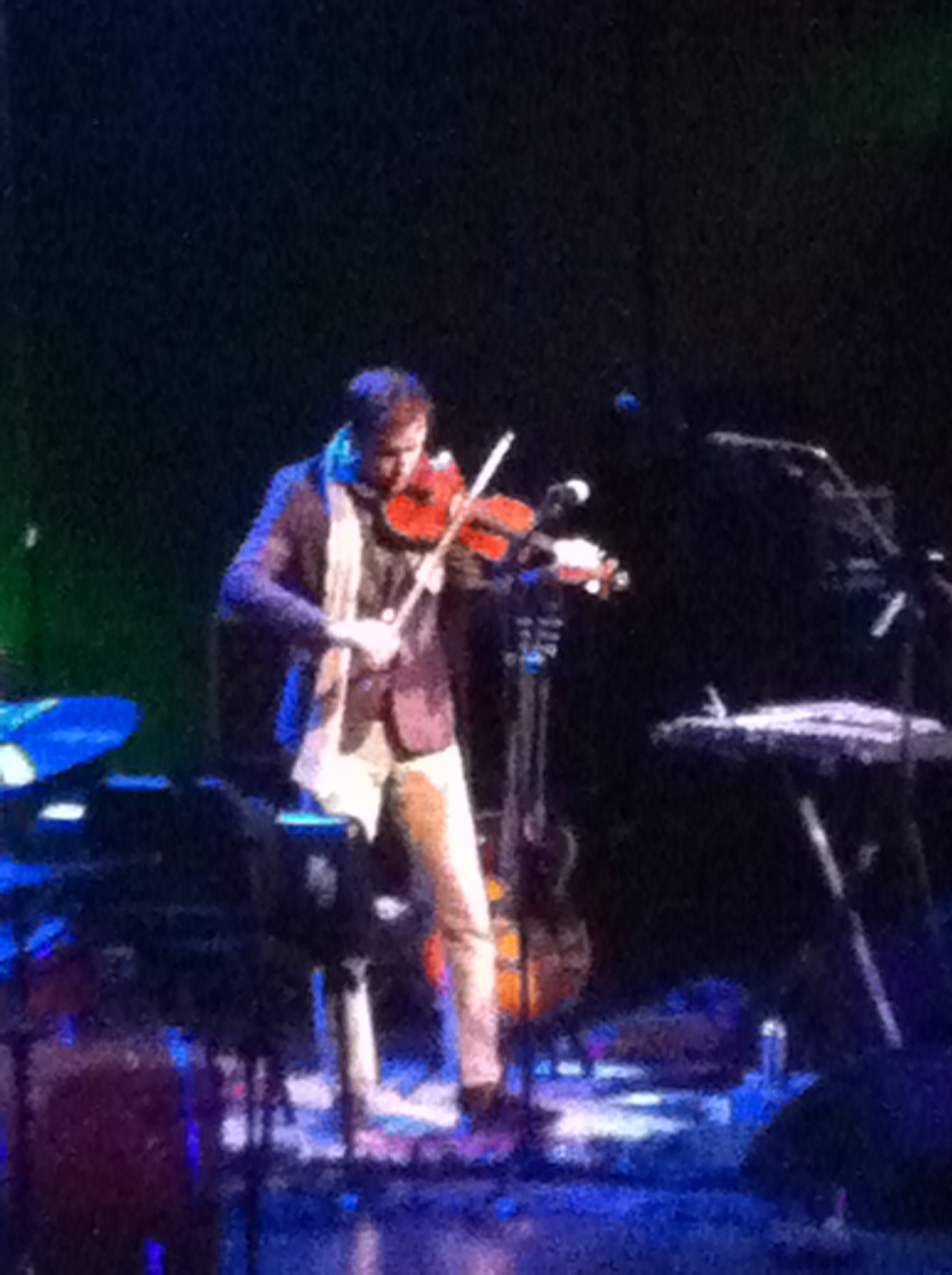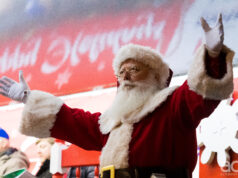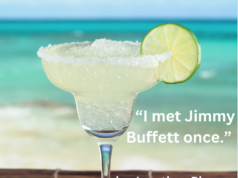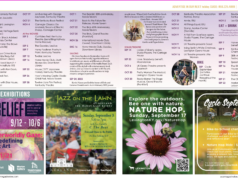BY EVAN O. ALBERT
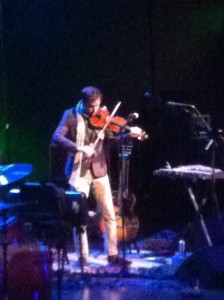

Nuclear fusion is when the nuclei of two atoms fuse together and become a different element, releasing gargantuan amounts of energy in the process. It is nuclear fusion that makes the sun shine during the day and the stars shine at night. A similar process occurs within Andrew Bird, the nuclear fusion of indie rock and folk. This is not just crossover music. It is a different element.
Bird commanded the Singletary Center’s performance hall Saturday night, walking out on stage alone, fiddle in hand. He smiled as the applause died down and began playing. His style is a mixture of plucking and bowing welded together by loop pedals. The sound is quasi-experimental, but maintains a traditional tone and feeling. After three songs, the band came out to join him. Together they began with “A Nervous Tick Motion of the Head to the Left.” The song was seasoned with a spinning Leslie style pair of gramophone horns (which were activated after much anticipation and curiosity as to what the contraption was) and virtuosic whistling.
After a few more songs, including “Effigy” and “Lazy Projector,” the band picked up acoustic instruments and played some more traditional tunes. This gave Bird the opportunity to show off the roots of his fiddle style. The song that captured the best of Bird’s fiddling was “Railroad Bill,” which will be featured on his upcoming album Hands of Glory. After “Railroad Bill” the band resumed their positions at the electric instruments and played three brand new songs including the eerie ballad “Three White Horses,” currently available for streaming on his website. The encore featured the return of the acoustic setup for just one more song, a cover of the late Townes Van Zant’s “If I Needed You.”
Behind an otherwise timid demeanor, Andrew Bird maintains strength as a wizard of performance. Backed by solid players, the set list, orchestration, and instrumentation variations harnessed the energy of the audience, focused and controlled by the structure of the show. Bird’s utilization of looping pedals and vocal effects with whistling and powerful harmonies held up the soul of the music. At one point he was making clicking noises with his tongue in sync with the drummer. It is refreshing to see an artist take an approach to performance that emphasizes the live aspect of the show. Where others might run tracks from a laptop, Bird is creating the layers of sound on stage.


